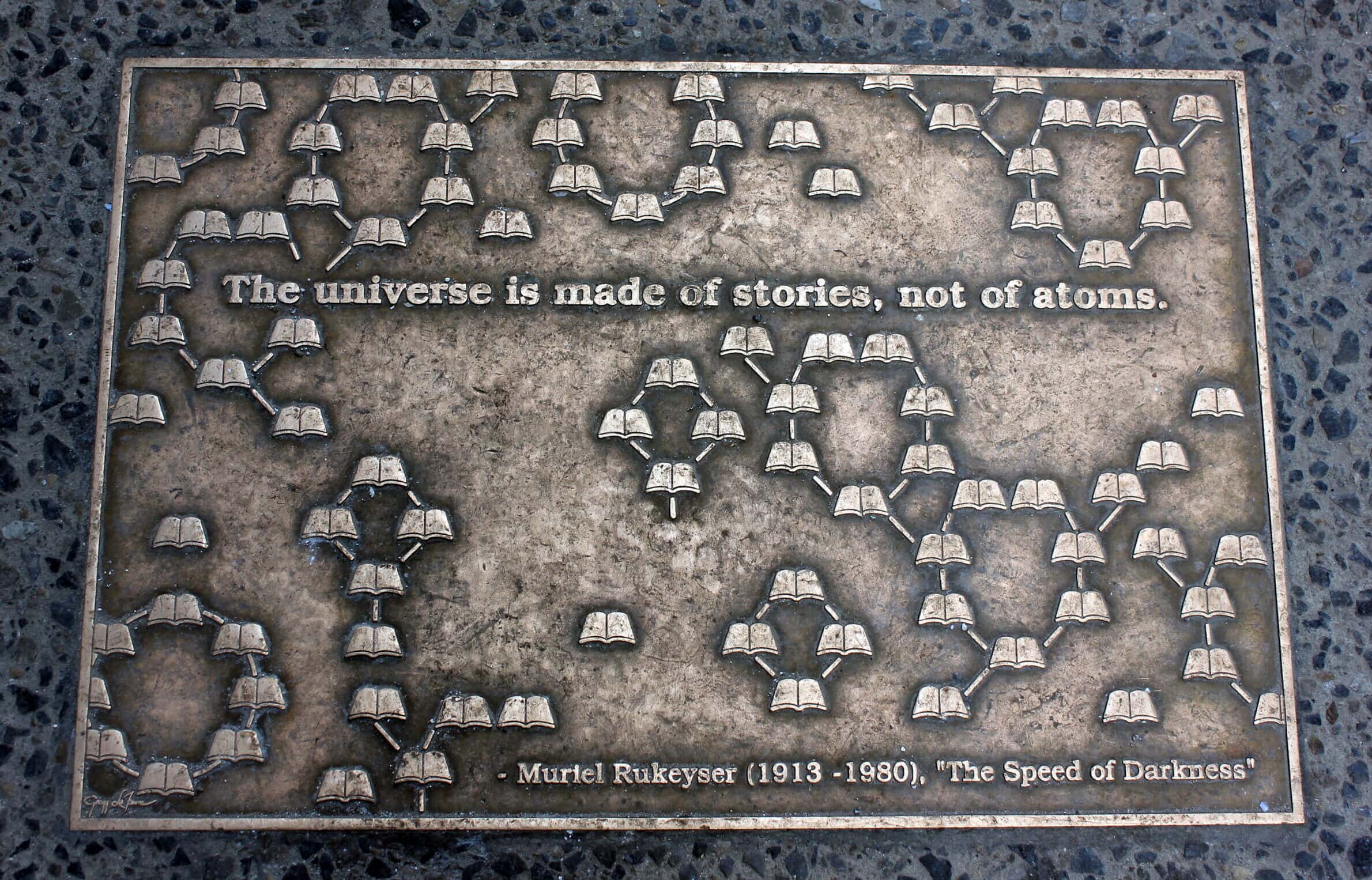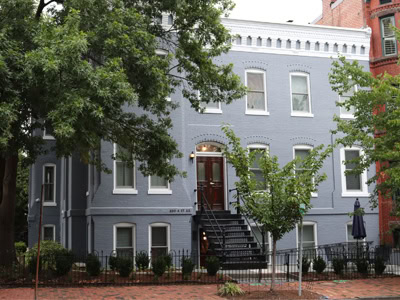These days, the majority of those who embark in vessels from ports in Southern California, such as San Diego or San Pedro near Los Angeles, do so in huge cruise liners capable of carrying hundreds of passengers. More often than not their ultimate destination is one of the resort towns along the west coast of Mexico. Dedicated sailors of course consider such voyages in floating hotels to be the exclusive preserve of land lubbers. For the real sailor there is no substitute for the rolling deck and the taste of salt in the air. The greatest pleasure for any sailor when not at sea is surely the shelter of a natural harbor. Surprisingly, along the West Coast these are few and far between. Historically only two along the entire coast of California offered the sailor a place of undisturbed anchorage from even the heaviest seas: San Diego and San Francisco. Of these two, San Diego claims priority, at least in the annals of European exploration.
The Spanish Period
On September 28, 1542, three Spanish ships anchored in the shallow channel south of what is today known as Point Loma. Commanded by Juan Rodriguez Cabrillo, they had been sent by the viceroy of Mexico to seek out a sea route to China. Cabrillo’s visit was brief. Spanish narratives suggest he established superficial but amicable relations with the Native Americans living along the sheltered inlets of the bay that would one day bear the name San Diego. Sixty years passed before the next Spanish visit. In 1602, Sebastián Vizcaíno, commander of another expedition, ventured into San Diego bay in the hopes that this might prove a viable port of call for eastbound Manila galleons. Reflecting an evolution in Spanish piety, he changed the name of the port from San Miguel—originally applied by Cabrillo sixty years earlier—to El Puerto de San Diego de Alcalá. While the name stuck, it would be more than a century and a half before the Spaniards returned.
1769 stands as a watershed in the history of San Diego, for in that year a Spanish crown fearful of British and Russian expansionist plans for the Pacific Northwest organized the first permanent European settlement. José de Gálvez, visitador general to New Spain, orchestrated a series of expeditions by land and sea that led to the establishment of strategically located missions and presidios in Alta California from San Diego in the south to Sonoma, just north of San Francisco. Historical sources suggest that life in these settlements for both Spaniards and Native Americans was at times far from idyllic. At least initially Spanish vessels provided a lifeline to ferry supplies and personnel to these most isolated outposts of Spanish colonial dominion.
Monuments to the Past
Tourists visiting San Diego today still see, hear, and taste the vestiges of this colonial period. Cabrillo National Monument provides not only a magnificent view of San Diego, its bay, and its coastline, but also a carefully crafted series of exhibits designed to illuminate this period in San Diego’s history. Pick the right day and you will see park rangers dressed as Spanish soldiers and sailors from the 1540s and female interpreters who demonstrate the many layers of clothing that would have been worn by any Spanish woman from the period. More than mere re-enactors, the rangers offer a well-thought-out commentary on the social and cultural context for their living history demonstrations.
The old Spanish presidio just above what is today one of California’s most visited state parks, Old Town, lies hidden but still preserved between feet of soil following archaeological excavations in past years. The hillside is studded with stands of Australian eucalyptus brought to region in the late 19th century by speculators expecting a “second gold rush.” The trees took hold with a vengeance, but their use as wood for railway sleepers and construction projects never quite caught on. Instead San Diegans came to rely on lumber transported from Northern California and Oregon, towed down the coast on huge floating rafts.
On a bluff offering a panoramic view of San Diego Bay close by the old presidio is what amounts to a monument to manifest destiny. A plaque and a series of statues memorialize the epic trek of the Mormon Battalion from Iowa to San Diego in 1846 as part of the United States’ war efforts against Mexico. Reading the statements set in bronze, one is left with the uneasy feeling that the underlying intention is to legitimize rather than remember. For balance, it is necessary also to see the restored Mission San Diego de Alcalá and walk along mission trails to visit the dam built by the first Franciscan missionaries to gain a sense of efforts pursued by Spain in its “civilizing” mission.
San Diego Thinks Big
The Civil War, for the most part, left San Diego unscathed and unnoticed. Nor did hostilities during the Spanish-American War of 1898 have a profound impact on the inhabitants of the port. However, the epic voyage of the USS Oregon from San Francisco to Cuba via the Strait of Magellan did give added impetus to the building of the Panama Canal, which would result in a considerable shortening of travel time between the Atlantic and Pacific oceans. The construction of the canal was believed by many in San Diego to herald the dawning of a new era in the city’s prosperity. San Diego, at least in the minds of the city leaders, would naturally be the first American port of call for any vessel heading further north. In an effort to draw attention to itself in the face of concerted rivalry from Los Angeles and San Francisco, San Diego staged an exposition to celebrate the canal’s completion in 1915. Balboa Park, a pleasant collection of museums and parklands, is the abiding monument to these times.
Twentieth-Century Developments
Today a stroll along the Embarcadero leaves the visitor with a sense that for the most part San Diego’s Bay has been given over to pleasure boating and sightseeing. The shipyards and piers frequented by navy and commercial vessels are generally concentrated to the south, beyond the Coronado Bridge. Photographs of San Diego Bay taken prior to World War II reveal a very different vista. What is now a largely empty expanse of wharf area north of the Maritime Museum was once festooned with the masts of commercial fishing boats. Some remain, but San Diego’s fishing industry is but a shadow of its former self. Fishing followed immigration. The names of the vessels used by the fishermen—among them La Diana and São João—reflect the origins of their captains and crew. Today descendants of Italian fishermen still congregate in the restaurant-lined streets of what is known as “Little Italy,” just a short walk from the imposing bayside façade of the County Building. The Portuguese community lost its geographical center with the construction of the airport, but descendants of this once-vibrant fishing community originating in the Azores can still be found today in Point Loma.
San Diego’s ongoing romance with the United States Navy has been more long lived. Over the course of much of the 20th century, the role of the Navy and its relationship to the port and city of San Diego has expanded and contracted with the evolution of American foreign policy and strategic and military priorities. As visitors to the USS Midway museum (a short stroll from the meeting hotels) are palpably reminded, San Diego is rightfully considered the birthplace of naval aviation in this country.
Local Maritime and Military Archives
Meeting attendees interested in maritime and military history who wish to take the step from curious tourist to dedicated researcher will find a number of local repositories of considerable interest. As well as interpreting a fascinating collection of replica and historic vessels, the Maritime Museum of San Diego conserves a somewhat eclectic archive of materials related to San Diego’s seafaring memory. With its close proximity to North Island Naval Base, the archive of the Coronado Historical Society holds materials detailing the Navy’s long association with that city. The Marine Corps Recruit Depot right next to the airport has its own library and archives available to the public. Finally, the San Diego Historical Society’s archive in Balboa Park is a must for those interested in contextualizing maritime history in a broader set of historical sources.
Kevin Sheehan is curator and collections manager at the Maritime Museum of San Diego. He is co-editor of Science in the Spanish and Portuguese Empires, 1500–1800, published by Stanford University Press in 2009.


